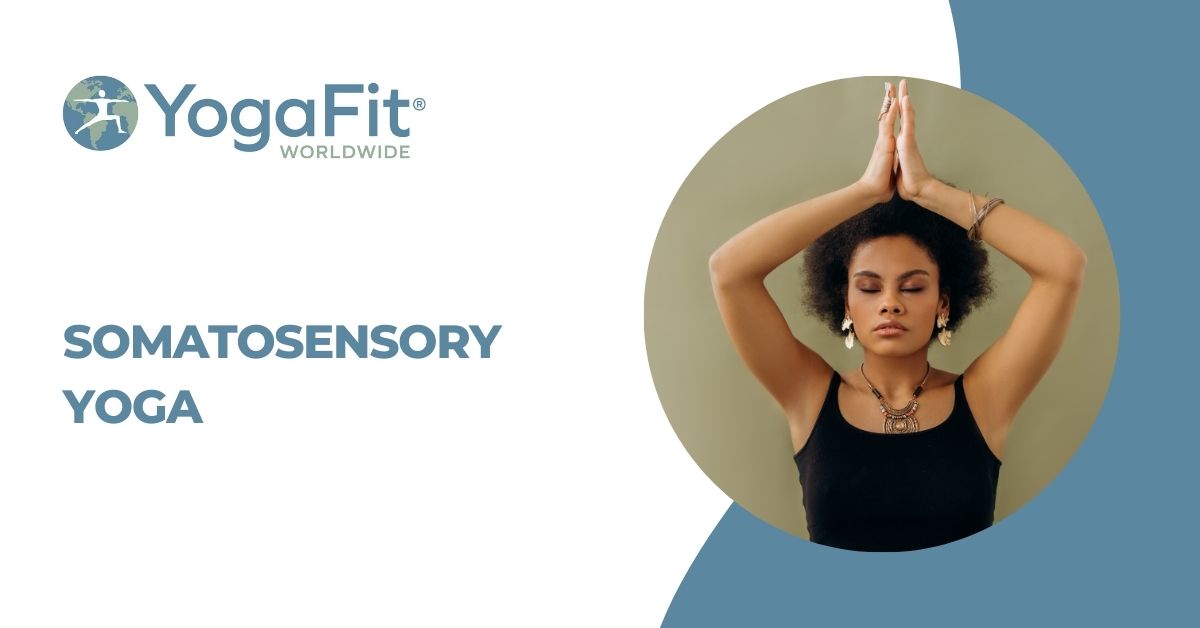Description
Equip yourself to guide others in exploring their sensations, creating a transformative practice that fosters self-discovery and healing
Learn techniques that enhance mindfulness and body awareness, helping students cultivate a deeper understanding of their physical and emotional states.
Somatosensory yoga is a type of yoga practice that focuses on the sensory experience of the body through movements and postures. It emphasizes the use of internal sensations, such as breath and muscle contractions, to guide and refine physical movements. The somatosensory cortex is a part of the brain that processes sensory information from the body, including touch, temperature, and pain. This part of the brain gets strongly activated during traumatic and stressful events and especially ones that elicit the Fight-Flight-Freeze response. The body prepares for either fighting off the threat (fight), running away from it (flight), or shutting down and becoming immobile (freeze) to minimize harm. This is an adaptive response during a stressful event but if this pattern is left unresolved or is constantly activated then it can cause our neurophysiology to become stuck “on” or stuck” off”. Somatosensory yoga practices can help to flip the switch off or back on depending on our state of hyper or hypo arousal and gets to the source of these unresolved tension patterns in the body-mind.
Somatics refers to the study of the conscious control of movement and posture. It includes various movement practices and therapies aimed at re-educating the mind-body connection and improving movement efficiency. This somatosensory workshop involves practices and exercises that integrate principles of somatics into a yoga practice, with the goal of improving body awareness, reducing tension and pain, and enhancing overall movement and well-being. The main difference between traditional Yoga and Somatic Yoga is that our main intention is to not stretch a muscle. Instead, we help to reprogram and strengthen the brain-to-muscle connection. We accomplish this through a technique called pandiculation. Most often the root cause of muscular pain is found in the brain, this is called sensory motor amnesia. Somatic yoga practices are corrective therapeutic exercises that help to resolve this amnesia and repattern muscles from the level of the brain and the somatosensory cortex activation.
Ironically when you stretch, you can actually increase tension in the body by applying force to lengthen a group of muscles which also places stress on the surrounding connective tissues to include tendons and ligaments. New science exploring the effects of this kind of stretching is now proving that muscles don’t particularly respond well to being stretched as a means of correcting pain and postural imbalances. Pandiculation is the solution to this stretching problem. When you pandiculate a muscle, you alternate between mindful muscular engagement, then slow disengagement, followed by returning to a neutral position. The technique of pandiculation resets a muscle group, from the level of the sensory and motor cortexes of the brain, to its optimal length in a resting state. The immediate effect and lasting results include dramatic increase in flexibility, mobility, coordination, and a more effortless feeling of overall wellbeing.
Somatic movement practices are designed to erase the cause of chronic pain and tension and empower the brain-to-muscle connection. These practices are a synthesis of traditional yoga postures and somatic therapeutic re-education movements all linked together in a vinyasa style slow that incorporates breathing, mediation and guided imagery to provide a holistic and systemic approach to resetting these mind-body connections that have been chronically dysregulated, dissociated and disconnected.
Additionally in this workshop, we will explore the Reticular Activating System (RAS) and its connection to trauma and stress and the fight flight freeze response. The RAS is a group of neurons in the brainstem that play a role in regulating arousal and attention. It acts as a filter for incoming sensory information, determining which stimuli are important enough to reach conscious awareness. This understanding helps us to deepen our knowledge of trauma and what is most helpful therapeutically from a sensory standpoint. We will work with a concept called Sensory stacking to help repattern and reprogram our RAS system back to its original state of homeostasis. We will be using a sensory tool called the Nabosa neuroball during this workshop.
Ask us about payment plans! Email info@yogafit.com or phone 833-964-2348.
To purchase the ball please use this link
use code YOGAFIT for 10% savings


